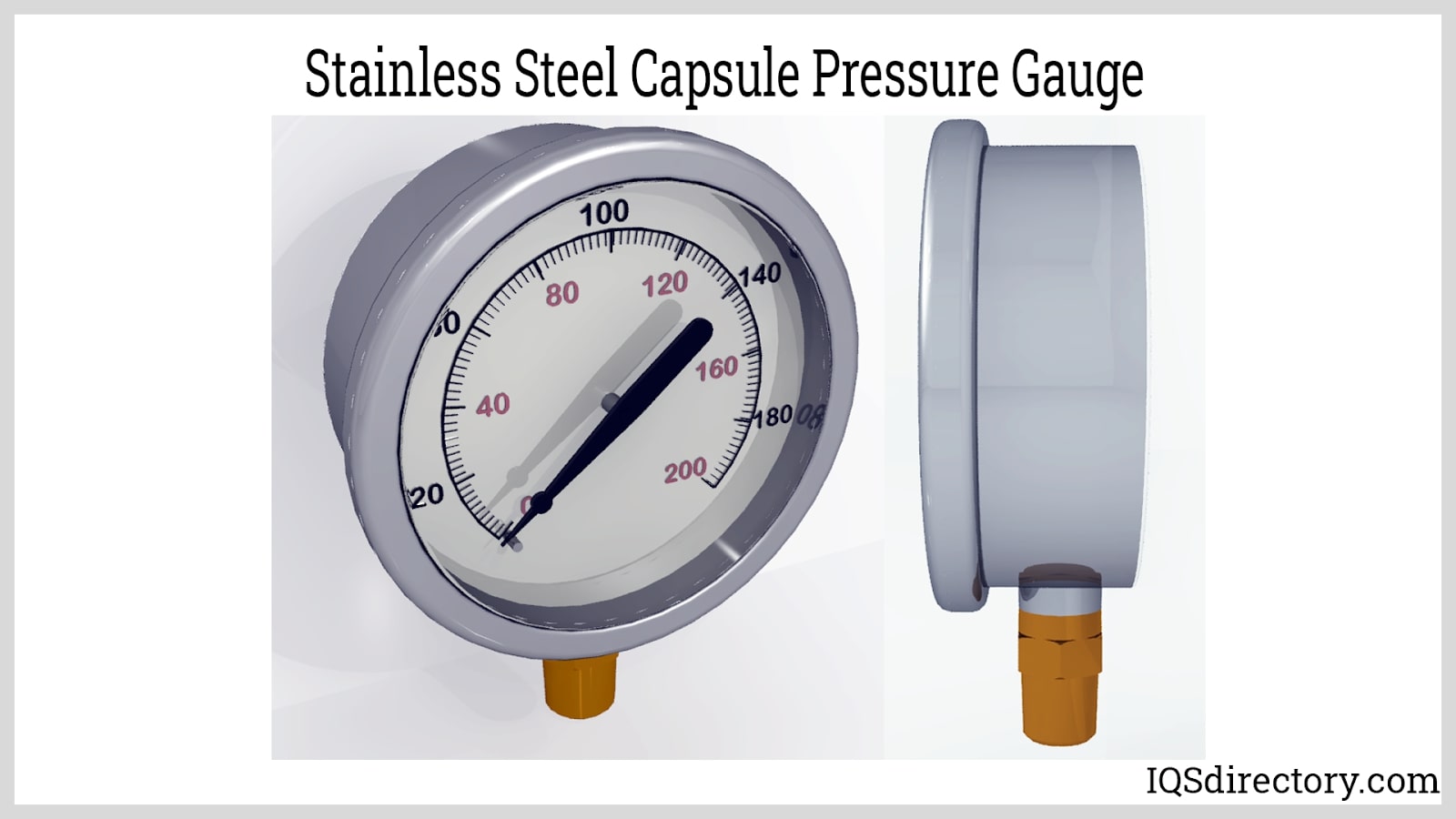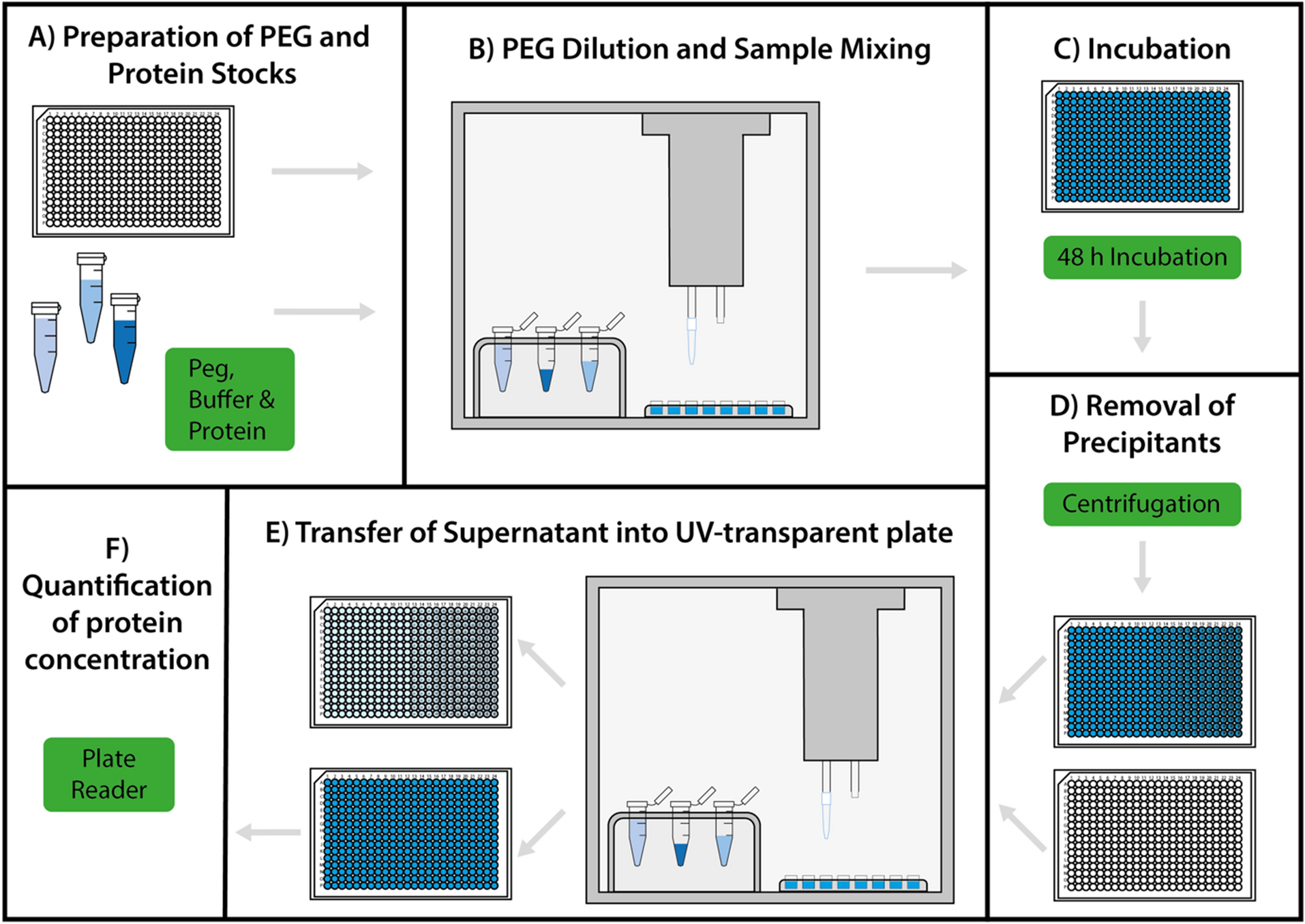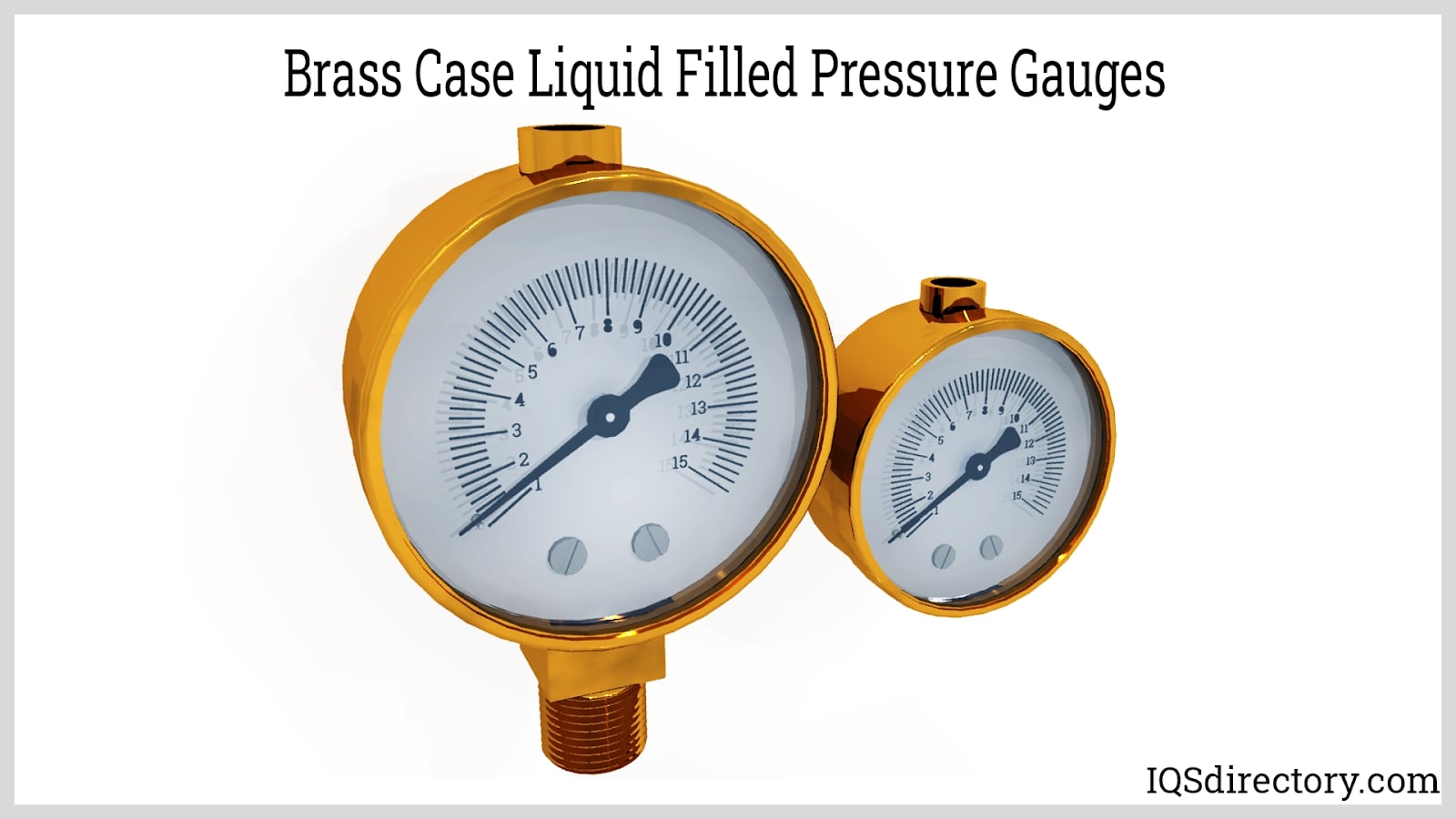When the truck is next to the bus you feel that as you go. Create time series plots of GPS station data.
Q3 Briefly describe two types of relative motion analysis of two particles.

. Measurement from your initial position to your final position is distance traveled and the measurement of the total length of your path from the starting position to the final position is displacement. Q3 a Briefly describe two types of relative motion analysis of two particles. 28 List and explain the evidence used to support the plate tectonics theory.
1 Data collected from the sea floor can establish motion of the plates fossils rocks etc 2 GPS satellites. Measuring plate motion with GPS. A Scientific Revolution Unfolds.
Spreading is usually orthogonal to the ridge axis and with the same rate for each plate. 210 Describe two methods researchers use to measure relative plate motion. Scientists have long used seismometers to detect vibrations caused by the plates motion especially during large events like earthquakes.
The teacher and students cooperatively create and work with model GPS monument and the satellite network that feeds time signals to the monuments. Use distance to describe the shortest path between starting and ending points and use displacement to describe the total path between starting and ending points. Students analyze and interpret GPS data using time series plots in order to develop total.
The two plates have the relative orientation in velocity space and on the map and the ridge is oriented perpendicular to two plate velocities. Describe the motion of a GPS station by interpreting time series plots. Plate motion can be described by a pole of rotation and an angular velocity about this pole.
Relative plate motion The motion of one lithospheric plate relative to another. Absolute plate motion describes the motion of one plate relative to a fixed reference system. Where are areas that.
This can be described by the pole of rotation and the angular velocity about this pole. Seismometers can also detect subtle motion and capture relatively small movements at high frequencies. Where else in the world do we see seafloor spreading.
Find areas with high rates of motion - where are these areas. They are related with compression extension and strike-slip faults. State the related equations which represent on position velocity and acceleration of independent relative motion analysis of two particles.
State the related equations which represent on position velocity and acceleration of independent relative motion analysis of two particles. Tiny motions accumulated within a plate over long geologic time scales could have drastic effects eg Schweig and Ellis 1994. A major corollary to this assumption is that all of the relative plate motion between neighboring plates is taken up along the plate boundary or shared edge between the two plates Fig.
For example you are in a bus and it goes with the velocity of 50 ms to the east then a truck passes you with a velocity of 60ms to the east. Introducing GPS to study tectonic plates as they move twist and crumple. Measuring the motion of plates relative to each other is a key challenge in understanding plate tectonics.
Source for information on relative plate motion. Plate motion is an important phenomenon of our Earth system. And Changing the reference frame changes the perspective of plate motion.
The motion of a point on one tectonic plate relative to another plate can be described by the relative velocity vector v. 210 Describe platemantle convection and explain two of the primary driving forces of plate motion. The various geological and geophysical activities on land and ocean are the result of plate motion.
29 Describe two methods researchers use to measure relative plate motion. Sketch a few vectors that indicate plates spreading a divergent boundary. The velocity v has magnitude and direction and is given by the cross product of the angular velocity vector ω and the plate rotation vector r.
RELATIVE MOTION When we talk about the velocity of something we first determine a reference point and then according to this reference point we say the velocity of the object. Plate motion can be described by a pole of rotation and an angular velocity about this pole. The equation looks like this where the x means cross-product.
Map 1 would be a ridge. Calculate a vector from the time series plot that represents the motion of a GPS station. Plate boundaries can be divided as convergent divergent or transform.
Scientists know that these plates move from two different lines of evidencegeodetic and geologicwhich allow them to trace their movements back in geologic time. Absolute plate motion describes the motion of one plate relative to a fixed reference system. Draw conclusions about plate motion in the Pacific Northwest by comparing the motion of GPS stations.
A Dictionary of Earth Sciences dictionary. Up to 10 cash back Relative plate motion describes the motion of one tectonic plate relative to another. Geodetic Plate Motion Geodesy the science of measuring the Earths shape and positions on it allows the measurement of plate motion directly using GPS the Global Positioning System.
Plate motion is relative to a reference frame.

An Open Source Automated Peg Precipitation Assay To Measure The Relative Solubility Of Proteins With Low Material Requirement Scientific Reports

0 Comments